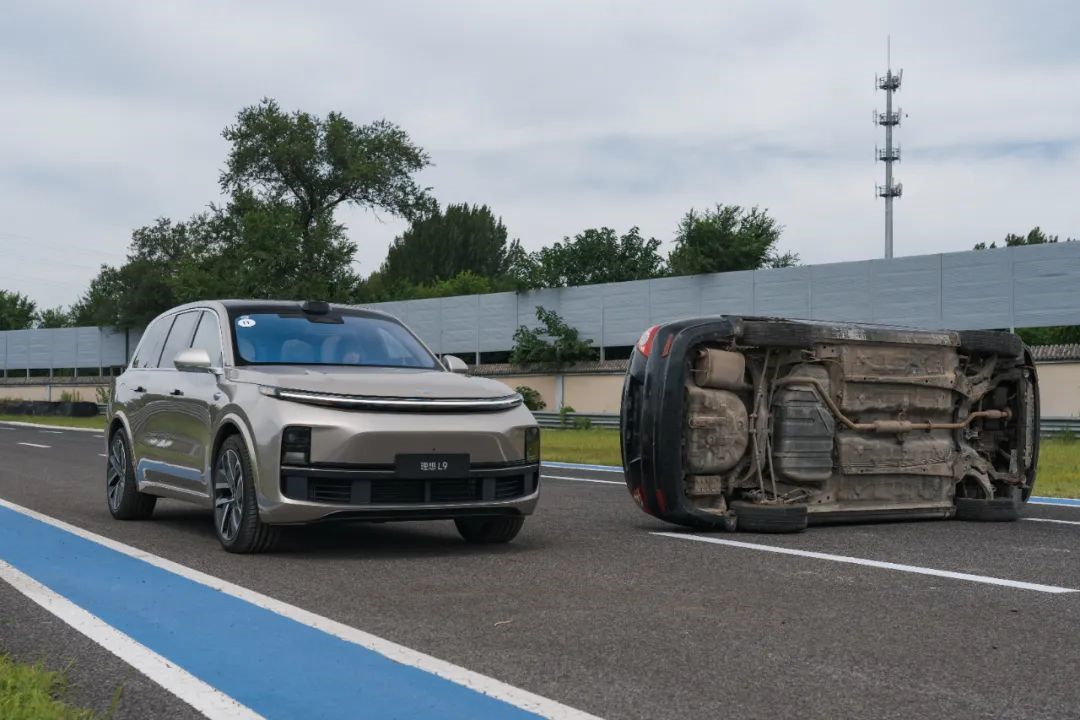Ideal: Not to prove the superiority of the system, but to tell everyone about the boundary of assisted driving capability.
As a loyal fan of “Traffic Accident Video” that spends ten minutes watching it every day and a frequent visitor of the China Insurance Research Institute and IIHS websites, I was thrilled to hear that I was going to attend the first Ideal Car Safety Driving Academy during the car show.
Firstly, I could participate in activities that I was extremely interested in regarding automotive safety. Secondly, I could perfectly avoid the high-intensity reporting work during the car show period, which was like “winning indirectly”.
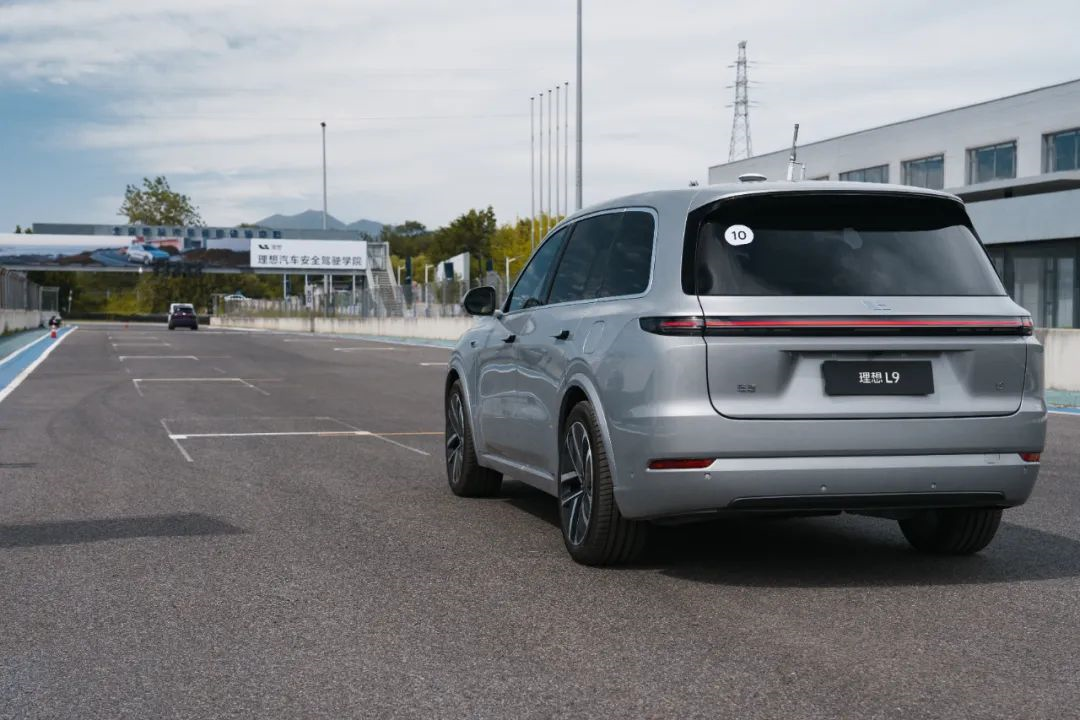
After experiencing three major courses and attending two face-to-face exchange sessions throughout the day, I gained a lot. Therefore, I am eager to share with you what I saw, heard, tried, and thought today.
Before the class, Ideal explained the two key points of driving safety during the exchange session: safer cars and safer driving. Today’s article will discuss with you, from these two points of view, how we should understand and interpret driving safety today, when assisted driving is becoming more and more popular.
Facing Difficulties
After the exchange session, the first project experience we had was the “major difficulty” that plagues active safety systems – the “ghost head” of pedestrians.
If you have seen tests related to active safety systems, you will find that this project is difficult for many vehicle models equipped with AEB (autonomous emergency braking systems).

Especially in the face of children who are shorter and whose vehicle perception components are more difficult to capture. Calling the “child ghost head” the major difficulty that current active safety systems cannot stably deal with is not an exaggeration at all.
Before the demonstration and experience began, Ideal’s engineers were very rigorous in stating: in continuous testing, collisions that cannot be completely avoided may occur.
However, in the subsequent demonstration and media experience sessions, more than ten tests were carried out in a short period of time. This Ideal L9 drove at a speed of 60 km/h and stably recognized the suddenly appearing child dummy in every instance, and the AEB system intervened in time to stop the vehicle, avoiding collisions in all tests.
Official video of the child ghost head test:“`markdown
Car interior live test:
The “child ghost probe” project could be included in the testing process. Ideal officials definitely have enough confidence in the performance of the ideal L9 in this project.
But achieving all successful results at such a high testing speed was somewhat surprising to me. After all, for a long time, this has been a difficult problem for AEB functions in my inherent impression.
Some people may attribute the outstanding performance of the ideal L9 to the fact that it is equipped with a 128-line LiDAR, which gives it better performance due to stronger hardware compared to mainstream models without LiDAR.
However, in communication with the ideal engineers, we learned that the AEB function of the ideal L9 currently does not use LiDAR.
As an all-area function, reducing false positives is more important to the R&D team, and the addition of LiDAR to the AEB function requires more validation in terms of data fusion at this stage.
In addition, in the “ghost probe” project, due to its low frequency, the LiDAR’s recognition effect on pedestrians and non-motor vehicles suddenly appearing nearby is not as good as people generally think.
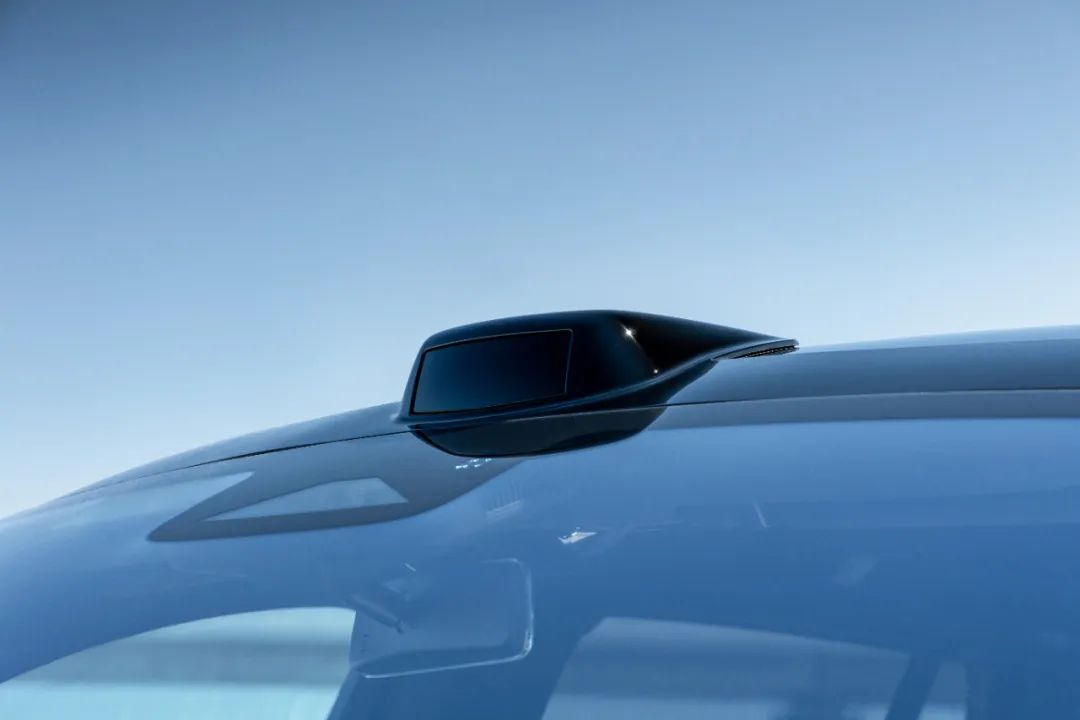
Therefore, the excellent performance of Ideal L9 in dealing with child ghost heads still relies on traditional visual perception (camera) and millimeter-wave radar.
So, where does the high cost of laser radar come into play if it is not currently used for AEB functionality?
Don't worry, the "Law of Fragrance" may be delayed, but it never absents. Although it did not play a role in AEB functionality, in the subsequent testing of assisted driving functions, **Ideal L9 conducted testing on three assisted driving projects: "disappearing front car", "rollover vehicle recognition", and "road water horse recognition"**.
In these projects, laser radar really showed us its power.
Firstly, in the "disappearing front car" project, during the testing, **Ideal L9 would activate the ACC (adaptive cruise control function), set the speed to 70km/h, and adjust the following distance to the minimum to closely follow the front car**.
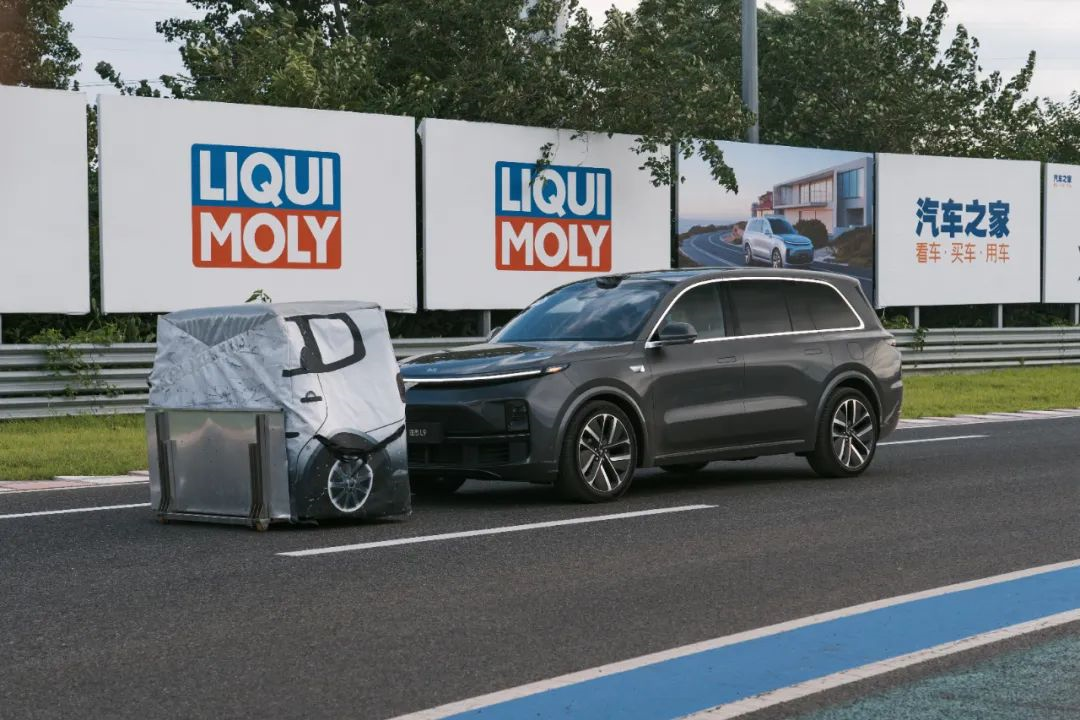
When approaching a stationary car model, the front car would suddenly change lanes to leave, testing whether the vehicle can accurately recognize the stationary car and take braking action promptly.
The difficulty of this project is that **due to the sudden lane change of the front car, the ACC function would suddenly lose its tracking target. If the target cannot be captured in time and switched to the stationary car in front, it may lead to a collision accident**. We often see similar types of accidents online.
These accidents, because the assisted driving system and AEB did not brake in time, would cause the vehicle to collide with the stationary car at high speed. The vehicle damage and personnel injuries caused by such high-speed impact are very serious.

**Ideal L9 has the data certification and mutual authentication of the three sets of sensing elements, which include laser radar, camera, and millimeter-wave radar**. Therefore, when the front car suddenly changes lanes and the ACC target disappears, the vehicle can quickly capture and lock onto the new target (stationary car), and slow down through the ACC function.
If the braking force of ACC is not enough to stop the vehicle in time, AEB will also intervene to perform emergency braking.
"Disappearing front car" official test video:<video controls class="w-full" preload="metadata" poster="https://42how-com.oss-cn-beijing.aliyuncs.com/article/image_20220829184847.png">
<source src="https://upload.42how.com/temp/video_1661770153950.mp4"></video>
Real shooting video:
<video controls class="w-full" preload="metadata" poster="https://42how-com.oss-cn-beijing.aliyuncs.com/article/image_20220829185049.png">
<source src="https://upload.42how.com/temp/video_1661770231835.mp4"></video>
**In multiple rounds of testing, Ideal L9 can accurately recognize stationary vehicles to avoid collision**. In most cases, the ACC function decelerates first, and the AEB function intervenes to stop the vehicle.
There are also individual tests where the vehicle can be smoothly stopped by ACC deceleration alone, without AEB intervention. This performance is undoubtedly excellent.
In the subsequent "overturned vehicle" and "water horse" test sessions, Ideal placed an overturned real car and a group of yellow water horses in the lane to demonstrate the recognition ability of the assisted driving system after the lidar was added.
Previously, due to the lack of lidar assistance and algorithm defects, if there were overturned or severely impacted vehicles in the lane, it was difficult for visual perception (camera) to recognize these accident vehicles that had no obvious "vehicle characteristics", making it impossible for ACC to react in time.

**After the lidar was added and the algorithm was optimized, the accident vehicles and water horses in the lane can be accurately and timely recognized**.
In multiple rounds of testing, Ideal L9 only relied on the ACC function to smoothly stop in front of obstacles. AEB was not triggered in multiple tests. From the discovery of obstacles to the final stop, the subjective feeling of sitting in the car was relatively smooth.
Official video of the overturned car test:```html
<video controls class="w-full" preload="metadata" poster="https://42how-com.oss-cn-beijing.aliyuncs.com/article/image_20220829185323.png">
<source src="https://upload.42how.com/temp/video_1661770362232.mp4"></video>
<video controls class="w-full" preload="metadata" poster="https://42how-com.oss-cn-beijing.aliyuncs.com/article/image_20220829185428.png">
<source src="https://upload.42how.com/temp/video_1661770448907.mp4"></video>
The ideal product manager revealed that currently, the maximum speed at which the L9’s assisted driving function can handle a water horse is 80km/h, while facing larger overturned vehicles, the maximum speed can reach 90km/h.
However, it should be noted that all the above tests were conducted with the assisted driving function enabled. At present, if the vehicle does not have the assisted driving function enabled and the driver does not pay attention to road conditions, stationary objects such as overturned vehicles will not be recognized by the L9.
In other words, if the assisted driving function is not enabled and the driver is not paying attention to the road conditions, the vehicle will still collide with these objects.
The devil is in the details
The ideal safe driving academy is divided into three major items, in addition to the AEB and assisted driving functions, there are also driving experiences for city and special road conditions. However, due to space limitations, I can only pick two of the most impressive details to share with you.
The first detail is about child safety, as we all know, L9 as a large SUV mainly used for family scenes, children are definitely “frequent guests” in the car.

However, children are naturally lively, especially in a car with a large space like the L9, it is possible for them to run and play in the car. At the same time, in real life, some parents have a weak sense of safety and may carry their children while riding in the car.If in these scenarios AEB is activated, children who are not properly seated are likely to be injured due to the large braking force.
Therefore, L9 will use two sets of perception components (non-camera) installed in the car to detect whether children are seated in the car. If there are children running in the car or adults holding children while riding, the vehicle will suppress the AEB system and remind the driver to pay attention to the situation on the central control screen.
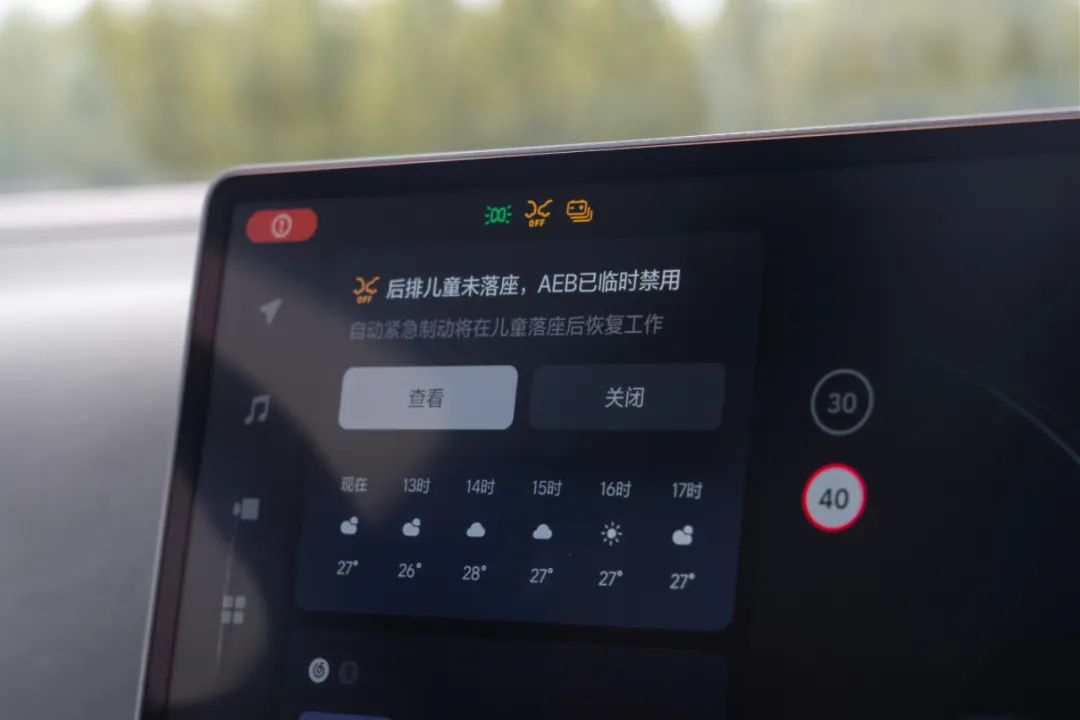
Considering that adjustments are needed after boarding, the function currently has a buffer time of 2 and a half minutes. If the children in the car are still not seated after 2 and a half minutes of driving, the function will be activated to suppress the triggering of the AEB function.
During the experience, Ideal also stated that they will further study whether to shorten this buffer time based on user feedback.
The second detail is the experience of city special road conditions conducted in the field. For a large SUV like the L9 with a length of 5 meters and 2, I originally didn’t have high expectations for its handling, as the length and center of gravity of the car are here, and the positioning of the model is mainly for home use, so it is not surprising that handling is not its forte.
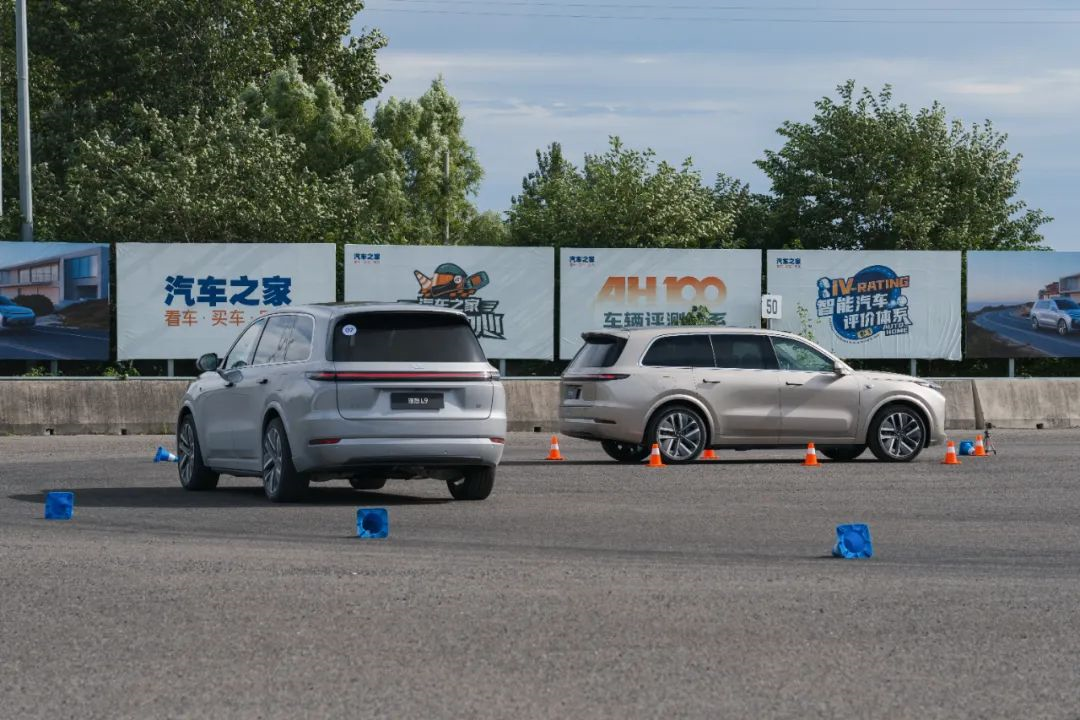
Although the L9’s handling is not its strength, the performance of its body electronic stability system gave me a great impression during the project of driving in wet and slippery road conditions.
In a circle with an uninterrupted water column, we drove the Ideal L9 for circular driving. As a model with a long size and high center of gravity, when driving continuously in circles on a slippery road surface with poor grip, the rear of the car is easy to show signs of sway.
However, thanks to the delicate control of L9’s traction control system and body stability system, I can clearly feel the electronic system continuously controlling the rear wheels during the circle drawing process, but with only gentle control instead of rough intervention.
During the process, the attitude of the car body was not significantly affected, and** the tracking performance of the rear of the car gave people good confidence without frequent corrections of the direction of the car**.
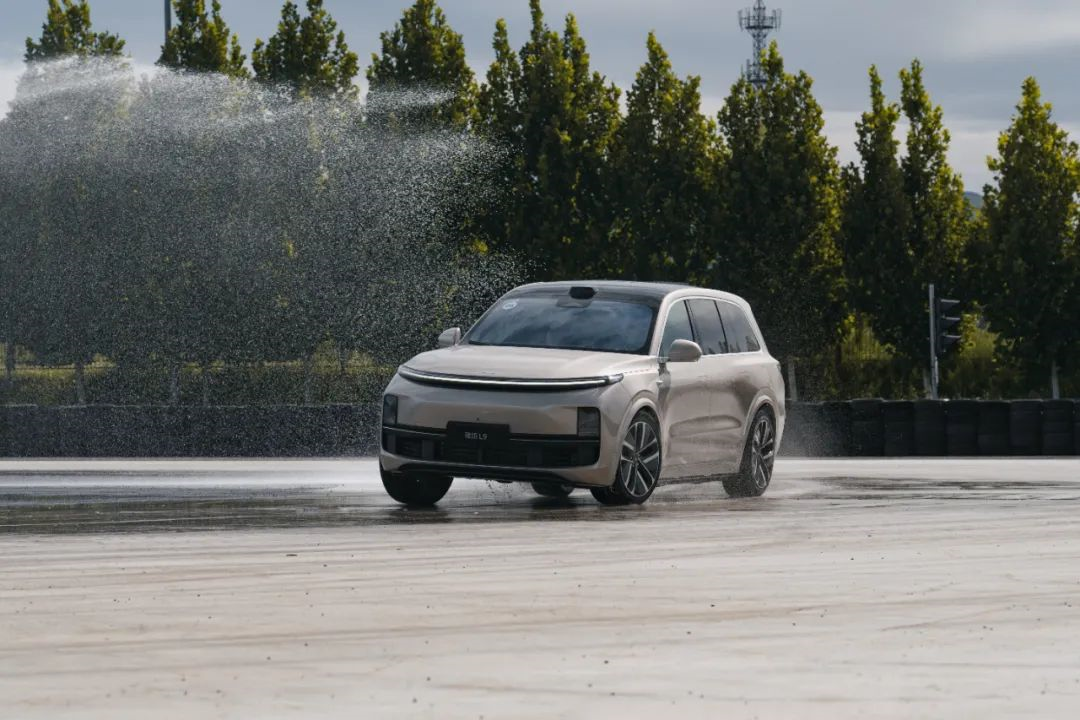
 In the subsequent emergency obstacle avoidance and Jin Ka Na experience, this also left me a good impression.
In the subsequent emergency obstacle avoidance and Jin Ka Na experience, this also left me a good impression.
Although the effort spent on these details may not be as topical as AEB and upgraded driver assistance in terms of publicity, these details are closely related to users’ daily driving scenarios.
In the off-road section, the ideal L9 has also “done their homework” for road conditions such as cross-axis, steep slopes, and water crossings.
For a large city SUV, this is not a scenario that daily driving will involve. I don’t think many people will really drive such a large city SUV off-road.
Maybe it is out of consideration for providing users with more driving scenarios, or maybe it is to enhance users’ travel confidence. Ideal has also put a considerable effort into this. From the user’s perspective, this attitude of considering more for users is worthy of our affirmation.
Safer driving
Returning to the definition of safety at the beginning, what is not mentioned is “safer driving”.
Regarding this, I particularly want to share a few points that Ideal’s engineers mentioned at the pre-event briefing:
“The role of driver assistance is not to let the driver relax and not pay attention. If the driver concentrates, these scenarios will not even exist.”
“The most reliable person in the car should be the one with a driver’s license!”
“Holding this event is not to prove how capable we are, but to tell everyone where the boundary of the current driver assistance’s capabilities lies.”
According to Ideal’s data, the penetration rate of L2-level driver assistance in new cars in the first half of 2022 has reached a considerable 30%. The original intention of driver assistance was to make driving safer and give users a higher “safety ceiling”.Here is the English Markdown text:
With the popularization of L2 level assisted driving, we have seen more and more serious traffic accidents caused by misuse, overuse, and abuse of assisted driving.
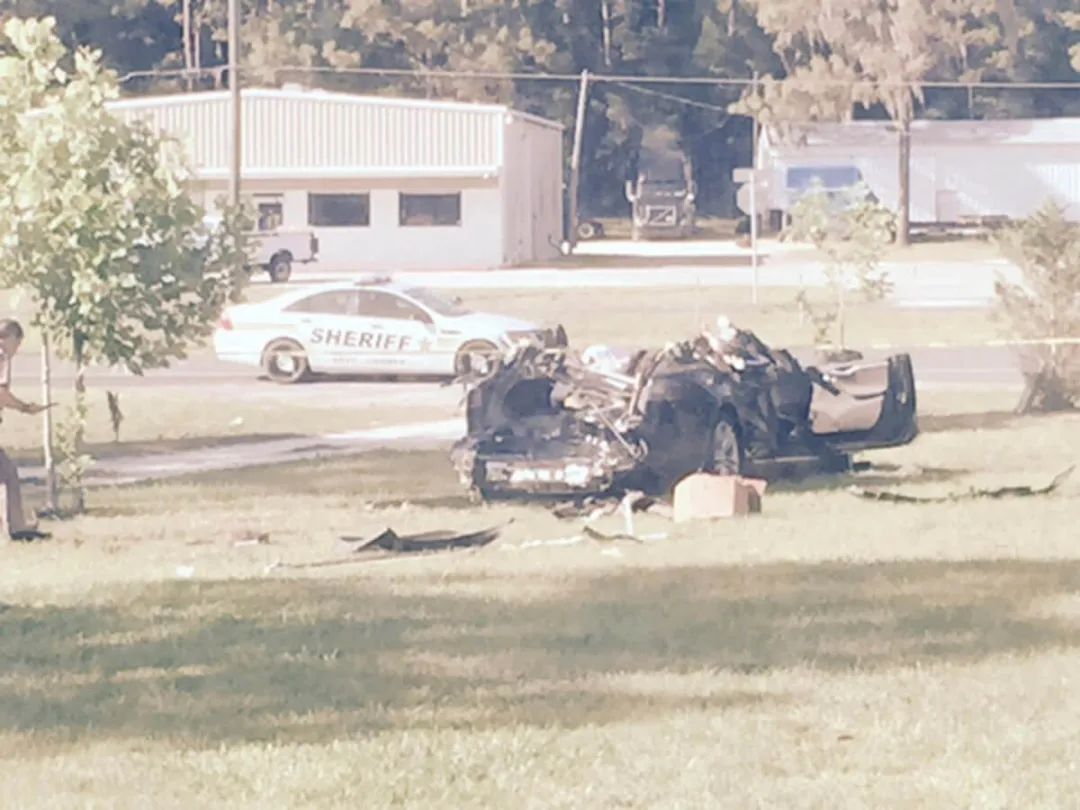
This is the result of multiple reasons, including the worship of assisted driving functions by car manufacturers and online public opinion, users’ deviation from the essence of assisted driving understanding, and users’ incorrect use of specific assisted driving functions, etc.
Obviously, we still have a long way to go before “autonomous driving” is popularized, and “assisted driving” will inevitably play a transitional role at this current time node. Therefore, we must correctly understand it!
We cannot completely deny its positive contributions to improving our driving safety and its stage role in exploring the path to “autonomous driving” at present.
Nor can we directly equate it with “autonomous driving,” and have the idea that “AEB can brake everything” and “you can rely on assisted driving without any worries”.
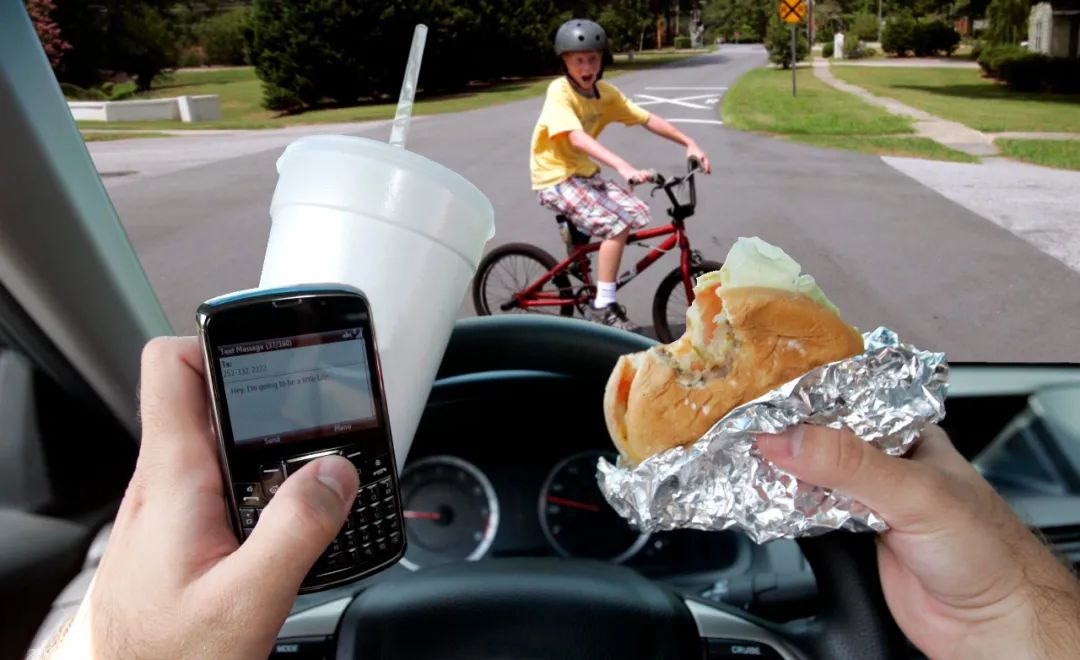
I think this is also the point of view that the Safety Driving College wants to convey the most. The current assisted driving functions will become more and more powerful and practical due to the addition of hardware such as “laser radar” and the improvement of algorithms. However, it is still only “assisted” but not “automatic.”
It is a wise choice to use it to reduce the burden of driving and provide an additional layer of safety when danger comes. However, it is quite dangerous and irresponsible to rely on it completely and hand over the safety of oneself and other traffic participants to it by regarding it as “autonomous driving.”
This article is a translation by ChatGPT of a Chinese report from 42HOW. If you have any questions about it, please email bd@42how.com.
